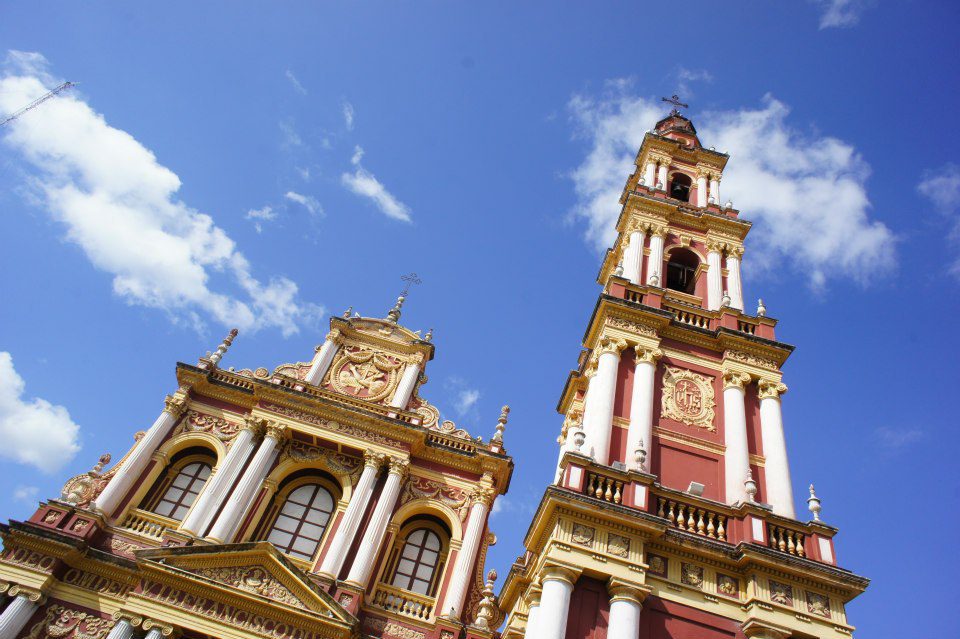
A Pitstop in Salta la Linda
Our time in Cordoba up, we climbed into Joshua’s old VW one last time and headed to the Terminal de Omnibus to catch a long distance overnight bus to tranquil Salta in the northwestern region of Argentina.
The plan was to spend a few days in Salta, visit the wine region of Cafayate, explore the multicoloured mountains and canyons of the Jujuy Province, and then head north to Bolivia and the huge salt plains of the Salar de Uyuni.
Of course, when you’re traveling for a full year, plans don’t always turn into reality, and we didn’t make it to Jujuy, or Bolivia, for that matter.
But anyhow, back to Salta.
Founded in 1582 by Spanish Conquistador Hernando de Lerma, Salta was originally intended to be an outpost between Lima, Peru and Buenos Aires. Today, it’s known as Salta la Linda (Salta the Beautiful), and has become a major tourist destination due to it’s well preserved colonial architecture and proximity to stunning natural draws, like the Humahuaca Gorge and the wine region of Cafayate.
South America is home to quite a number of well preserved colonial towns, with each bragging that it’s the best preserved of them all. Having visited a few, I wondered how Salta would compare to the ones we’d seen so far – Cusco in Peru, Salvador de Bahia in Brazil and Villa de Leyva in Colombia.
After checking into the pleasant Hostal Yatasto and taking a quick nap (overnight bus rides in Argentina are not very restful), we began our exploration of the city’s attractions on foot.
Salta is not that big, so it was easy to wander around without a map and trust that we would end up in the right place. We quickly found ourselves in the town’s Central Square, 9 de Julio Plaza, which is surrounded by the city’s most impressive buildings: the neo-classical Cathedral, the 18th Century Cabildo and the Museum of High Mountain Archeology, which houses the preserved mummies of three Inca children. The hard to miss red and gold Saint Francis Church was just a few blocks away, and in the distance, we could see the Cerrado de San Bernardo watching peacefully over the city.
At night, these majestic structures are beautifully lit and the Balcarce Area is alive with people enjoying the city’s restaurants, pubs and cafes.
We didn’t do much in Salta, but wander the peaceful streets, drink strong cafe con leches and eat good pizza and good steak. It was a soothing time that fortified us for the next segment of our travels in Northern Argentina: the 190 kilometre drive through the remarkable Quebrada de las Conchas.
Salta Travel Tips
– We didn’t take this train ride because it was out of our travel budget, but Salta is the starting point for the Tren a las Nubes (Train to the Clouds). Costing between 830 and 855 Argentine Pesos, the ride takes you 4200 metres above sea level and runs 434 kilometres over 29 bridges, 21 tunnels, 13 viaducts, 2 spirals and 2 zigzags.
– Salta is a great base for exploring the surrounding region. You can see Cachi, Cafayate and the Las Conchas Gorge, Puna and the Salt Flats or Humahuaca Gorge and Purmamarca on a (long) day trip. Check with the tour operators 4 blocks south of the Main Square.
– The Salta region is known for having the best empanadas in all of Argentina, so make sure you indulge in a few of these tasty morsels.
Where we Stayed: Hostal Yatasto
A comfortable hostal located 4 blocks from the main square. We paid ARS170 per night (negotiated upon arrival) for a private double room. There’s a cooking area where you can make your own meals and a spacious, sunny garden area for reading and relaxing. Recommended.


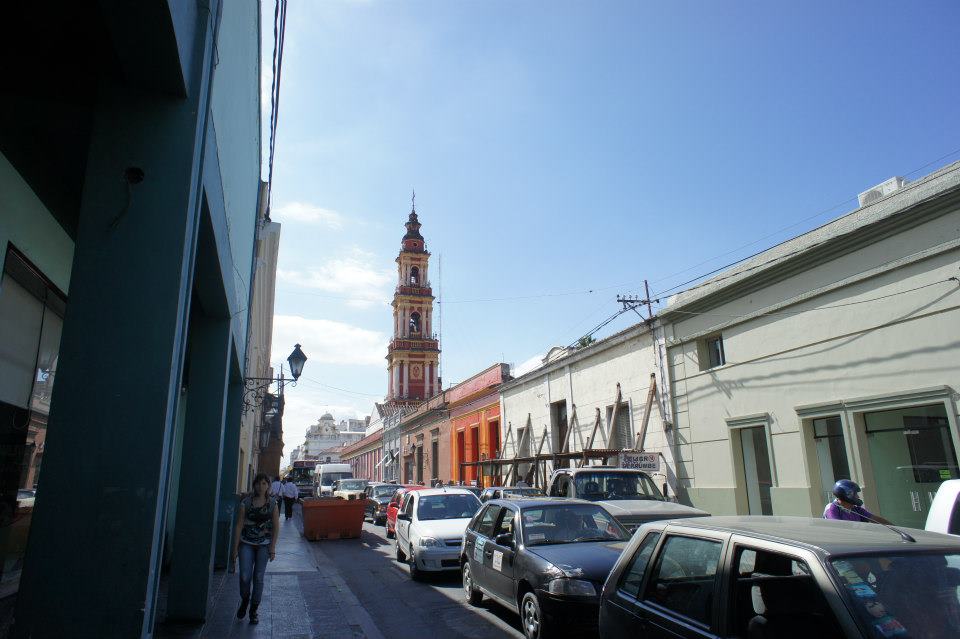
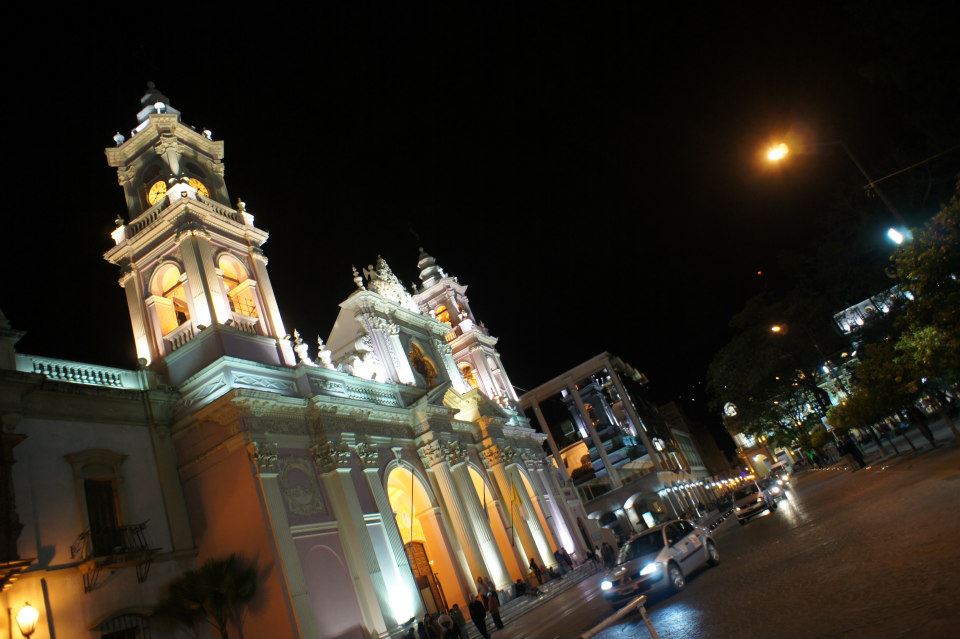
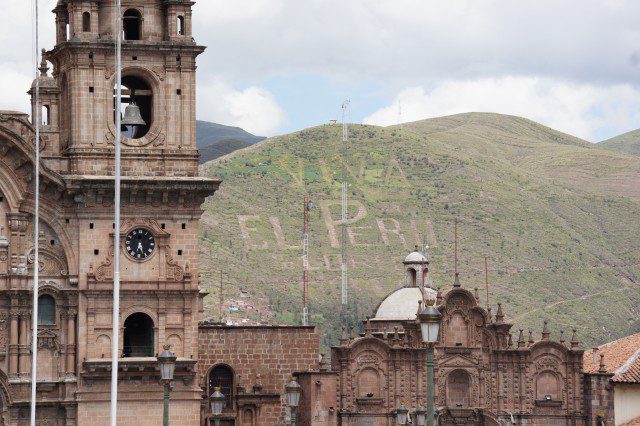
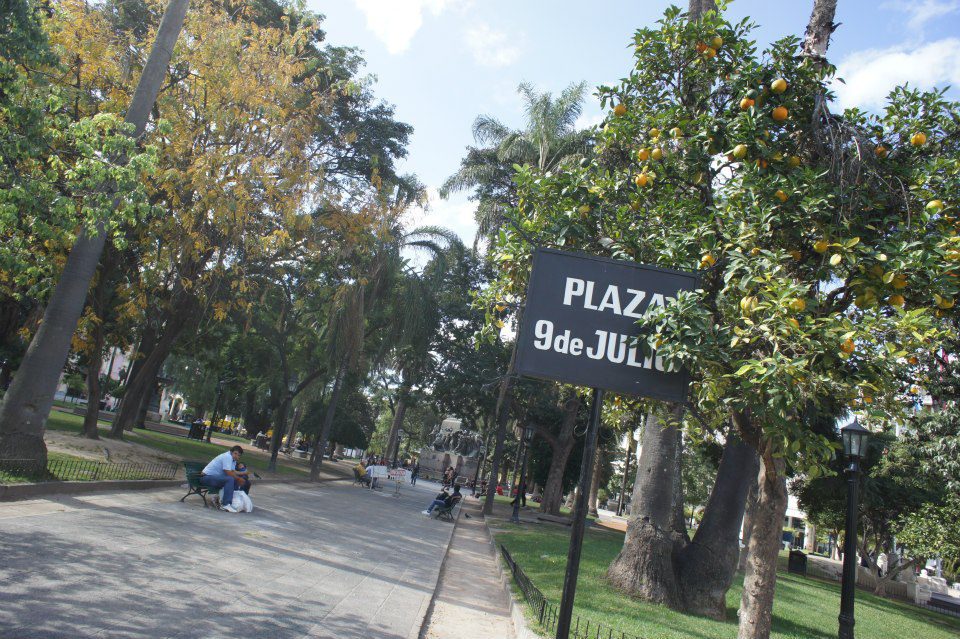
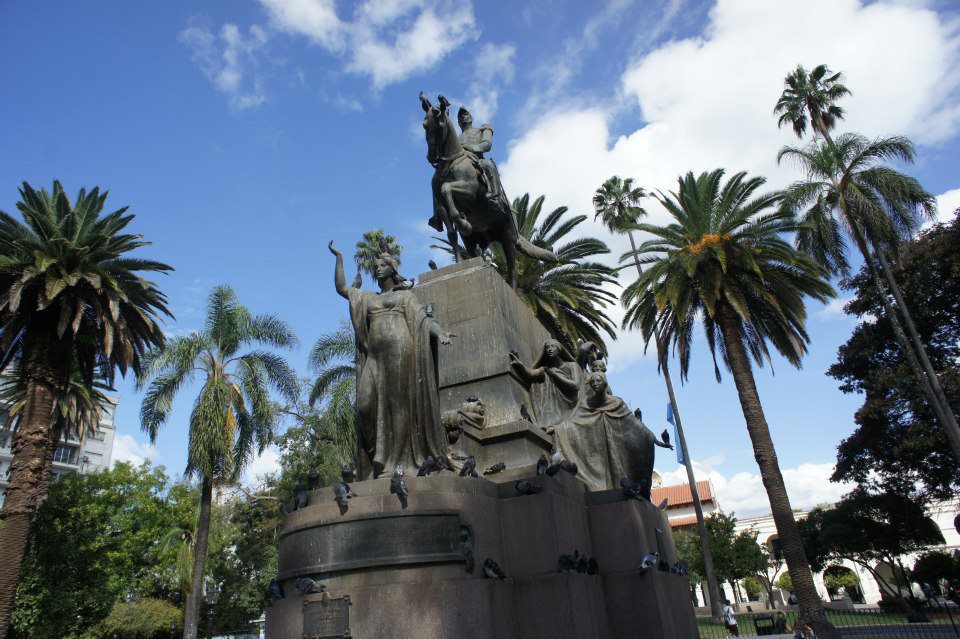
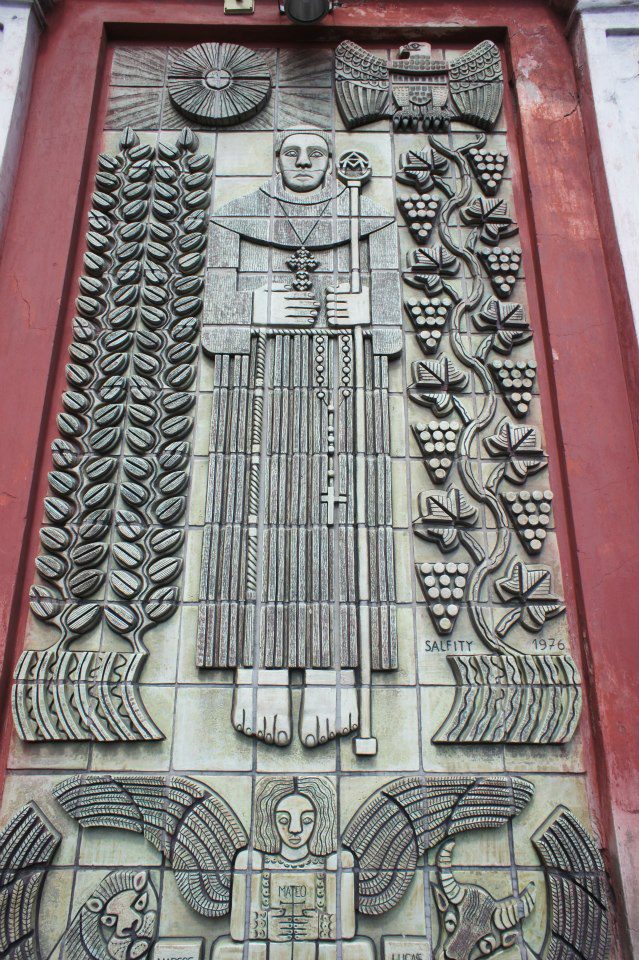
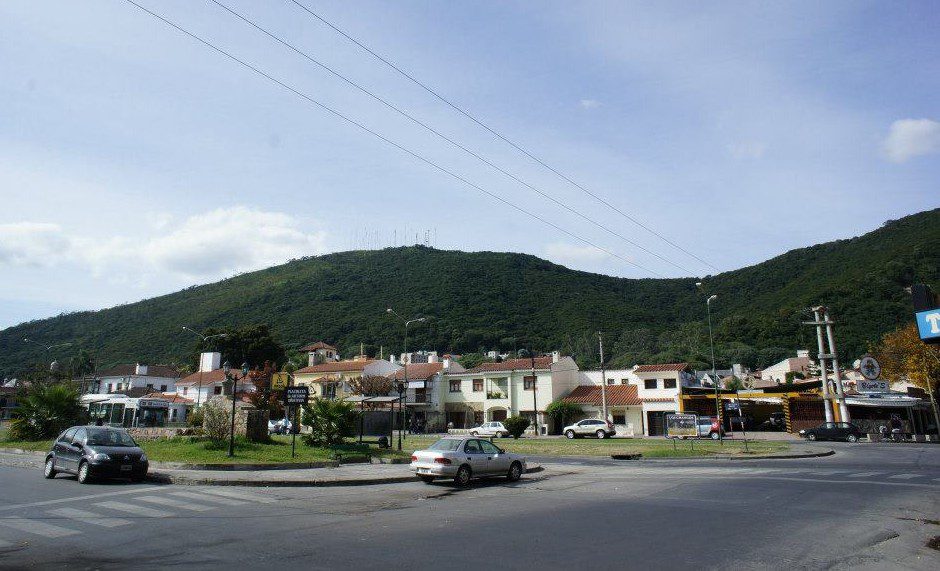
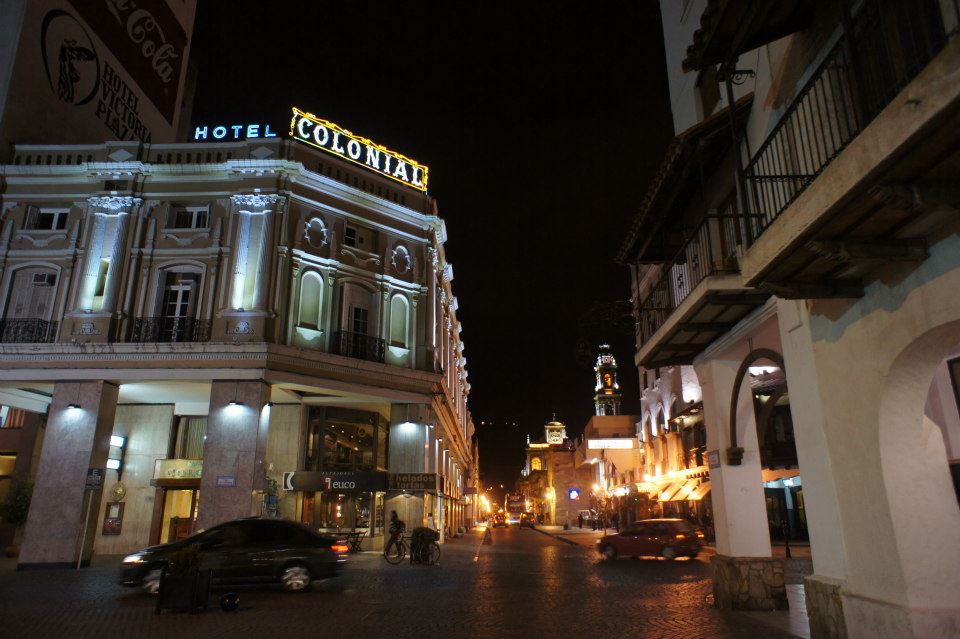
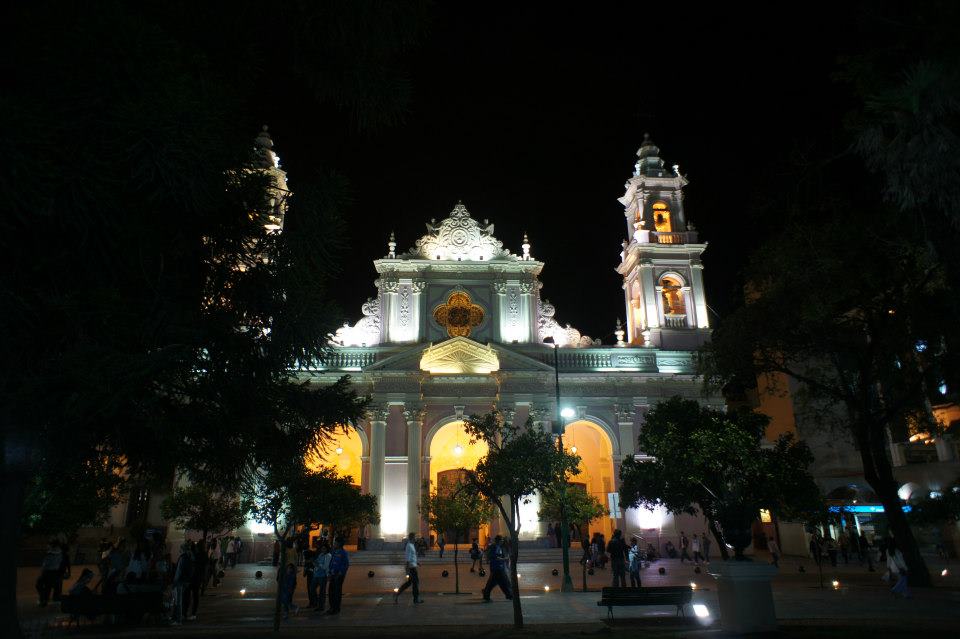
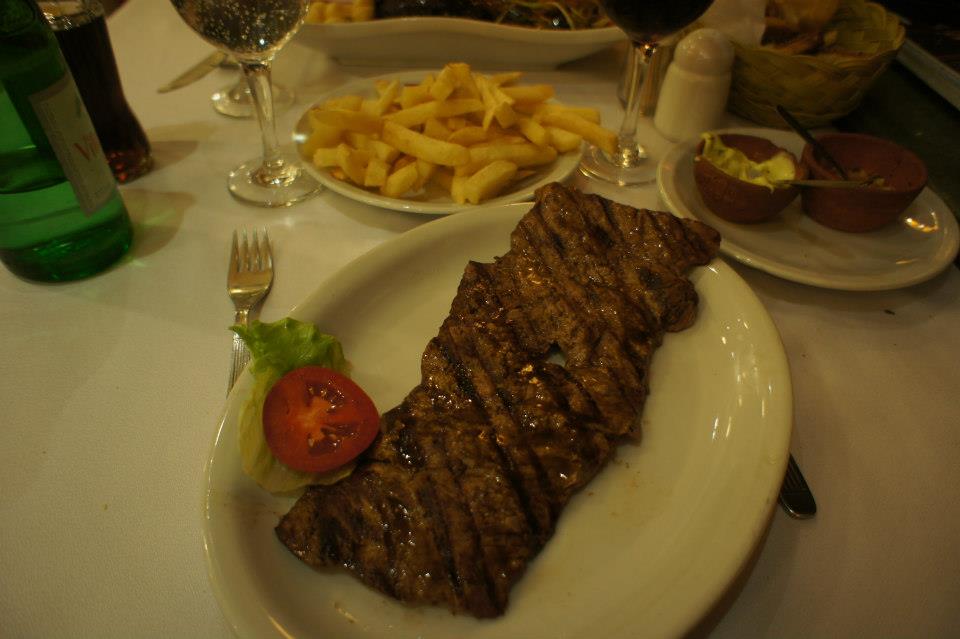
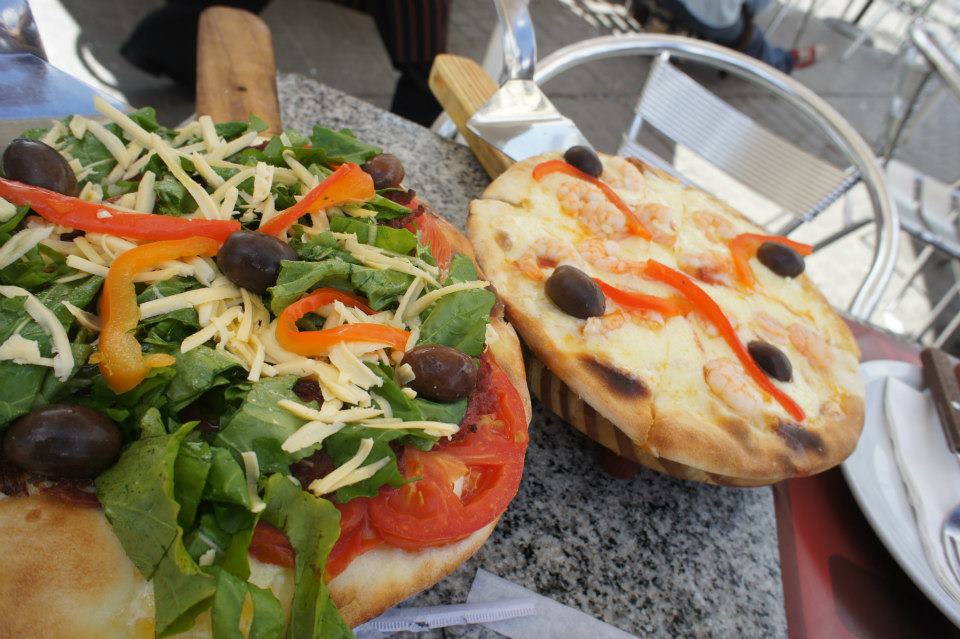
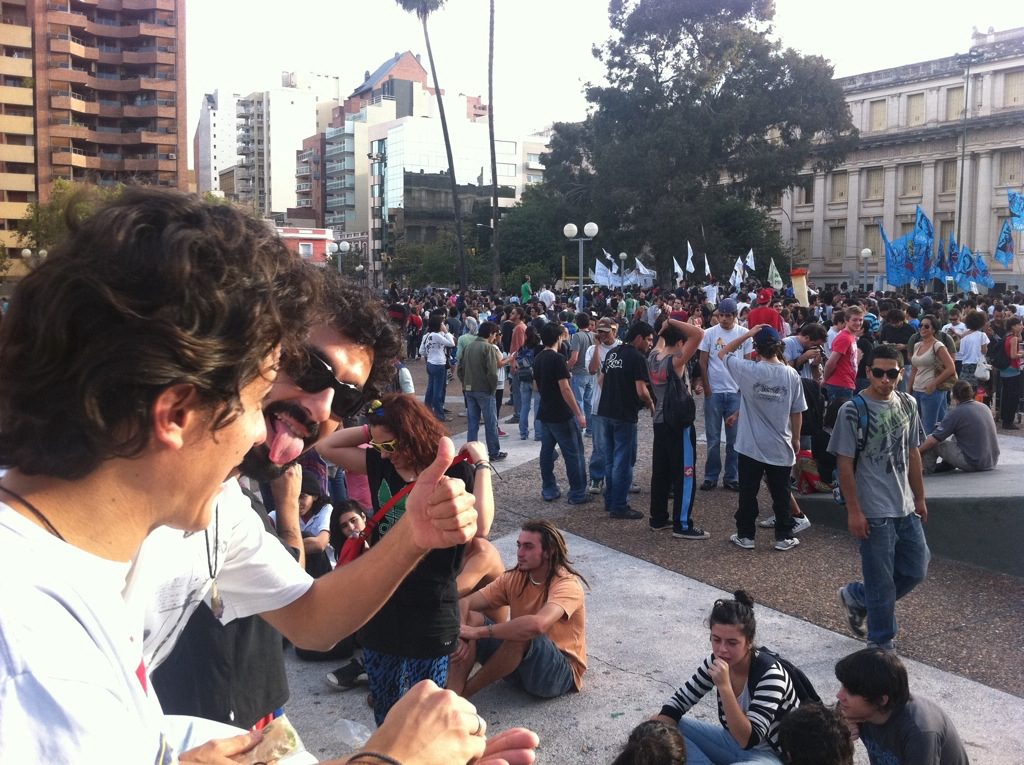
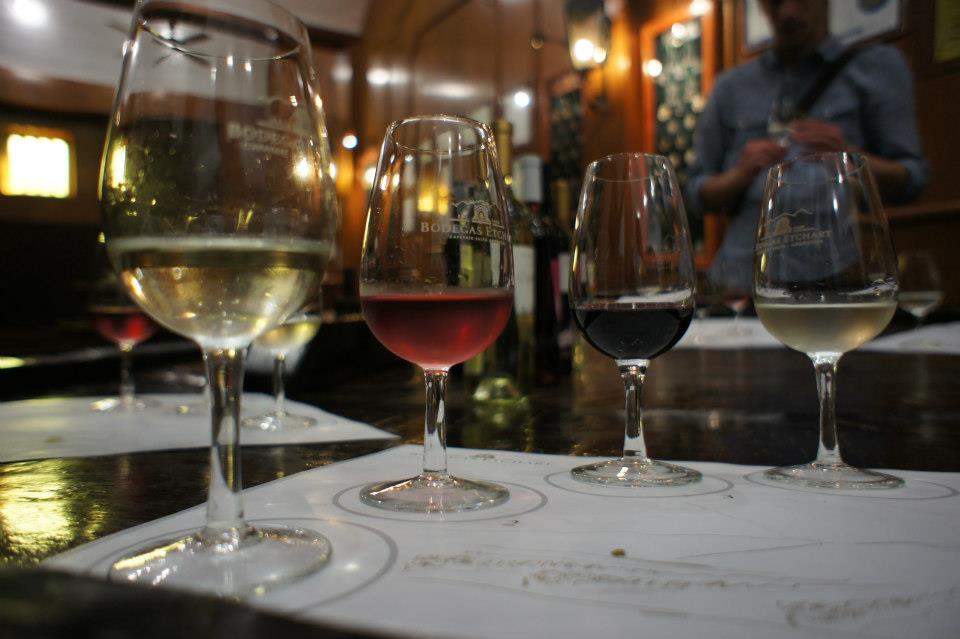
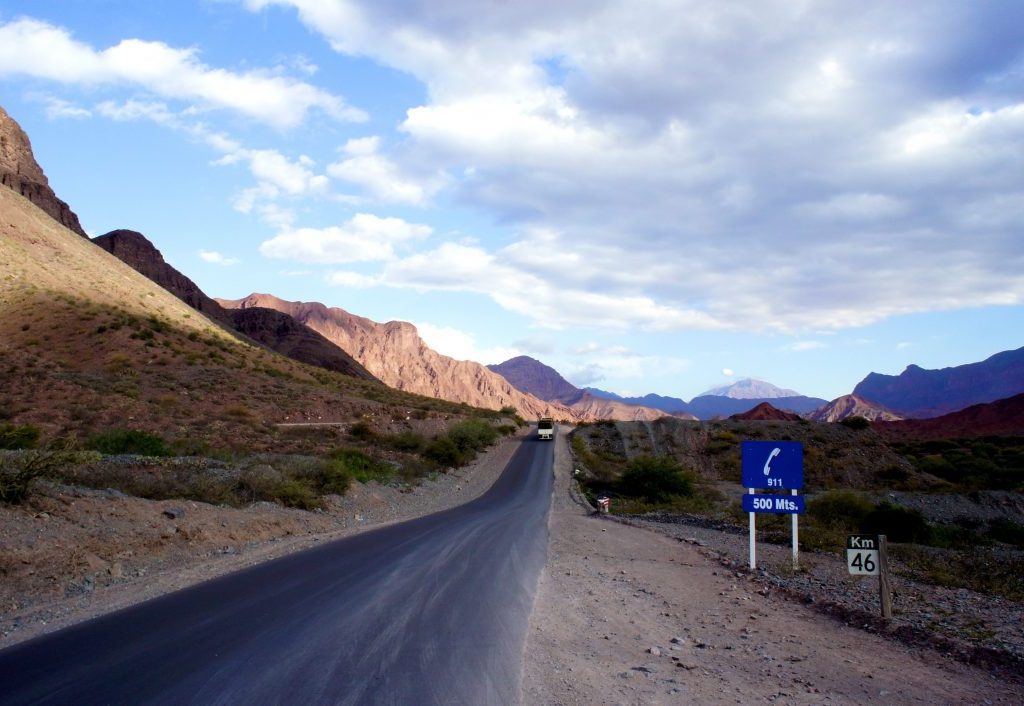
Bella Remy Photography
That train looks amazing, and totally worth the money. I had never heard of Salta, and so happy that you shared this with me. Wish I could go and visit there tomorrow.
Bear
It does. I wish we’d had the travel budget to take it, but c’est la vie. Northwestern Argentina is really fantastic…you’d go nuts on photos of the Quebrada de Cafayate. It’s really stunning. Happy new year! 🙂